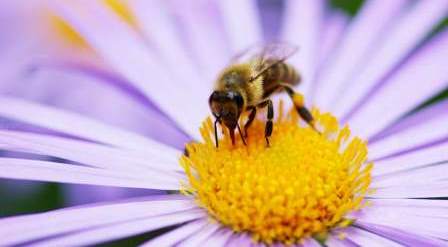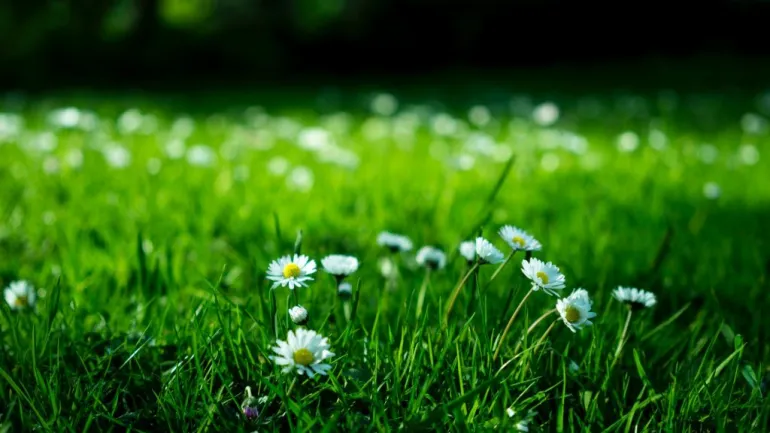Attract Bees and pollinating insects into your garden
It won’t have escaped anyone’s notice who follows the news and media, that there are a lot of people worried about bees. Bee numbers around the world, are in decline along with other pollinating insects such as butterflies, moths and hoverflies. Of the 270 species of bees found in the UK only one is the famous Honeybee.
Most Honeybees are kept by beekeepers in colonies of managed hives. The rest of our bees are wild, including 25 bumblebee species and more than 220 types of solitary bee.
The familiar Bumblebees live in social colonies – usually in holes in the ground or tree cavities. Solitary bees tend to nest on their own, as the name suggests. Each female builds and provisions her own nest with food. Solitary bees include Mining bees which nest in the ground, as well as Mason bees and Leafcutter bees that nest in holes in dead wood, banks and walls.
Why pollinating insects are important and how gardeners can help
Flying insects such as bees and hoverflies which visit flowers for their nectar and pollen perform a vitally important pollination service. Pollination is where the pollen from one flower is transferred to another flower, bringing about fertilisation. Some flowering plants are pollinated by the wind but the majority rely on this service from insects and without it plants would fail to produce seed and, in some cases, fruit.
By planting nectar and pollen rich flowers over a long season, gardeners can help reduce this trend. In return, an abundance of pollinators will ensure garden plants continue to reproduce through seed and that many fruit and vegetable crops such as apples, strawberries and tomatoes successfully set fruit.
How to attract and support pollinating insects
- Aim to have plants that are attractive to pollinating insects in flower from early spring to late autumn. Winter flowering plants can also be of benefit.
- Grow garden plants with flowers that attract pollinating insects.
- Avoid plants with double or multi-petalled flowers. Such flowers may lack nectar and pollen, or insects may have difficulty in gaining access.
- Never use pesticides on plants when they are in flower.
- Where appropriate, British wildflowers can be an attractive addition to planting schemes and may help support a wider range of pollinating insects.
- Observe the plants in your garden. See which ones attract bees and plant other varieties.
- Encourage bees by keeping honeybees yourself or allowing a beekeeper to place hives in your garden. Nest boxes containing cardboard tubes or hollow plant stems, or holes drilled in blocks of wood will provide nest sites for some species of solitary bees. Such nests are available from garden centres or you can make your own.
A selection of Perfect for Pollinators plants
The Royal Horticultural Society have long lists of plants that can be found on the following website, https://www.rhs.org.uk/science/conservation-biodiversity/wildlife/perfect-for-pollinators should you wish to select your own plants.
If you don’t have time to digest the full lists or you just want a taster of Perfect for Pollinators plants to use in your garden, try this attractive selection of 10 wild and 10 garden plants from the RHS Website to get you started:
Wild plants
- Achillea millefolium (common yarrow)
• Centaurea scabiosa(greater knapweed)
• Digitalis purpurea (common foxglove)
• Eupatorium cannabinum (hemp agrimony)
• Lonicera periclymenum (common honeysuckle)
• Origanum vulgare (wild marjoram)
• Thymus pulegioides (large thyme)
• Trifolium repens (white clover)
• Verbascum nigrum (dark mullein)
• Viburnum opulus (guelder rose)
Garden plants
- Caryopteris × clandonensis (caryopteris)
• Dianthus barbatus (sweet william)
• Hesperis matronalis(dame’s violet)
• Hyssopus officinalis (hyssop)
• Jasminum officinale (common jasmine)
• Lavandula angustifolia (English lavender)
• Lychnis coronaria (rose campion)
• Monarda didyma (bergamot or bee balm)
• Verbena bonariensis (purple top)
• Weigela florida (weigela)
You could also ask your gardener or garden designer to put a list of plants together for you that will suit your garden. The list of plants that attract pollinators is long and covers all seasons, all colours.
If you are interested in having your own bee hive contact http://www.beesmax.org/
The BeesMax Association is a not-for-profit company with the sole aim of reversing the decline of the UK bee population.
Another thorough article on bees https://diygarden.co.uk/wildlife/ultimate-guide-to-bees/
Check out https://upgardener.co.uk/protecting-british-bees/ for further information



